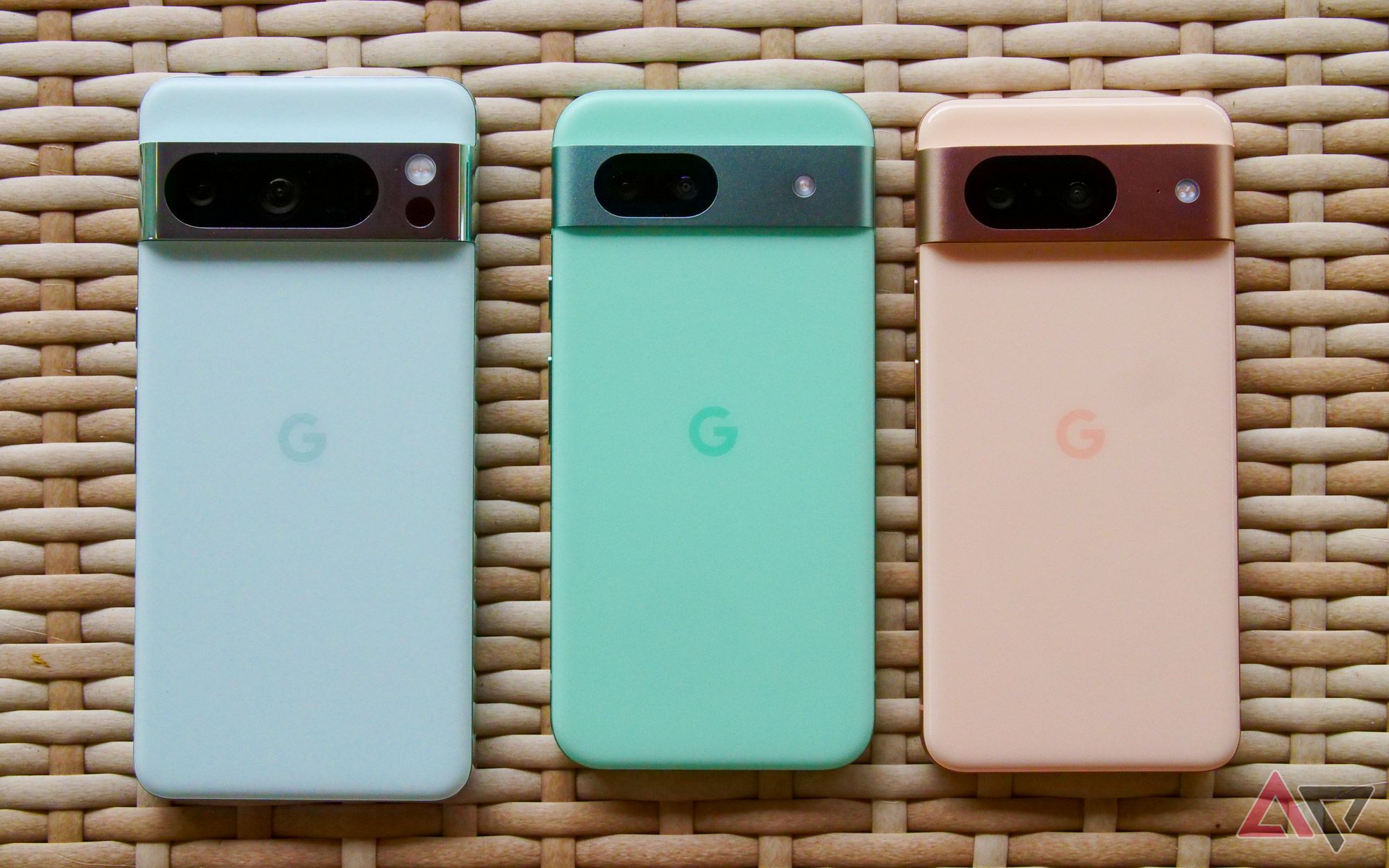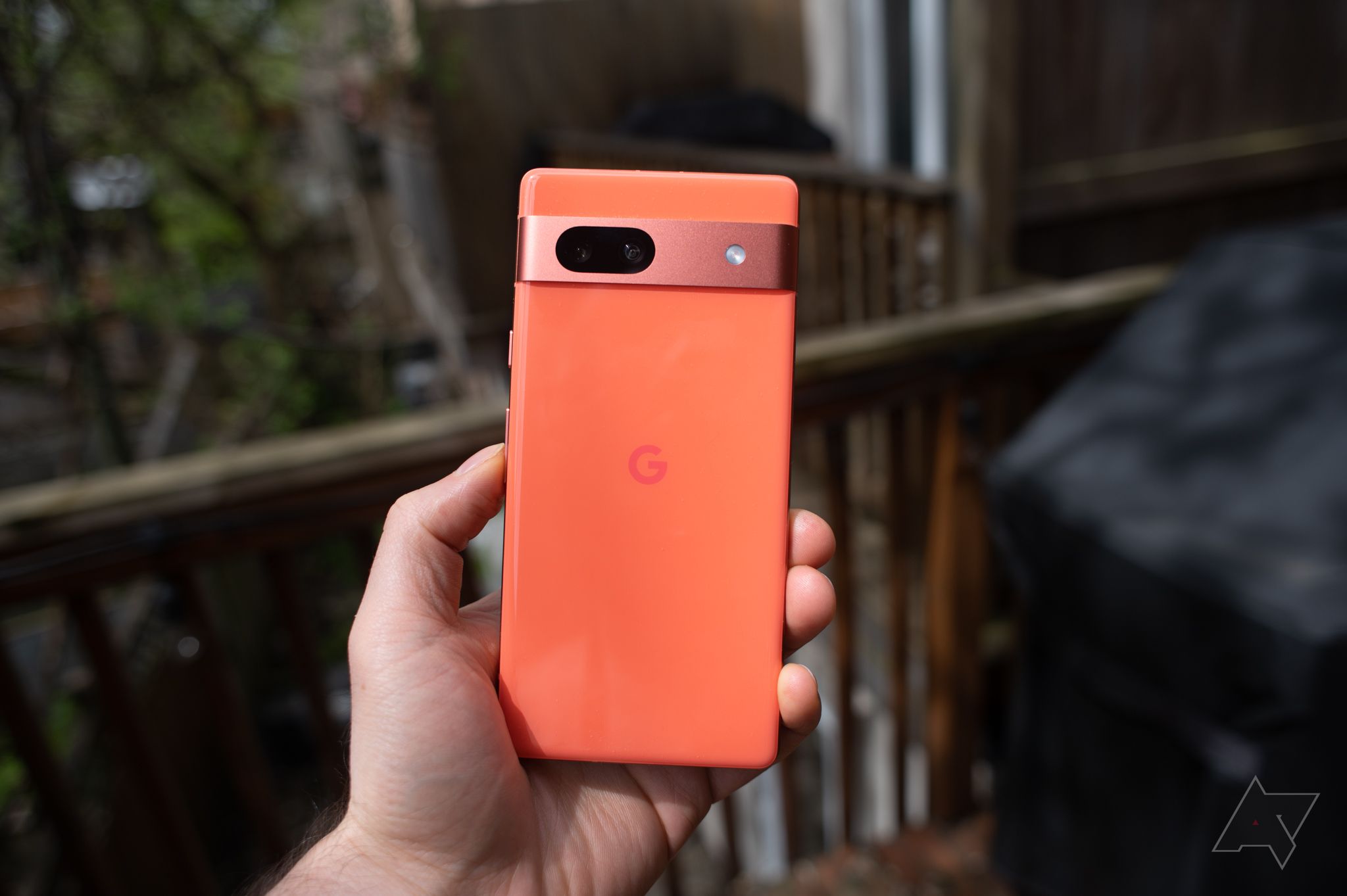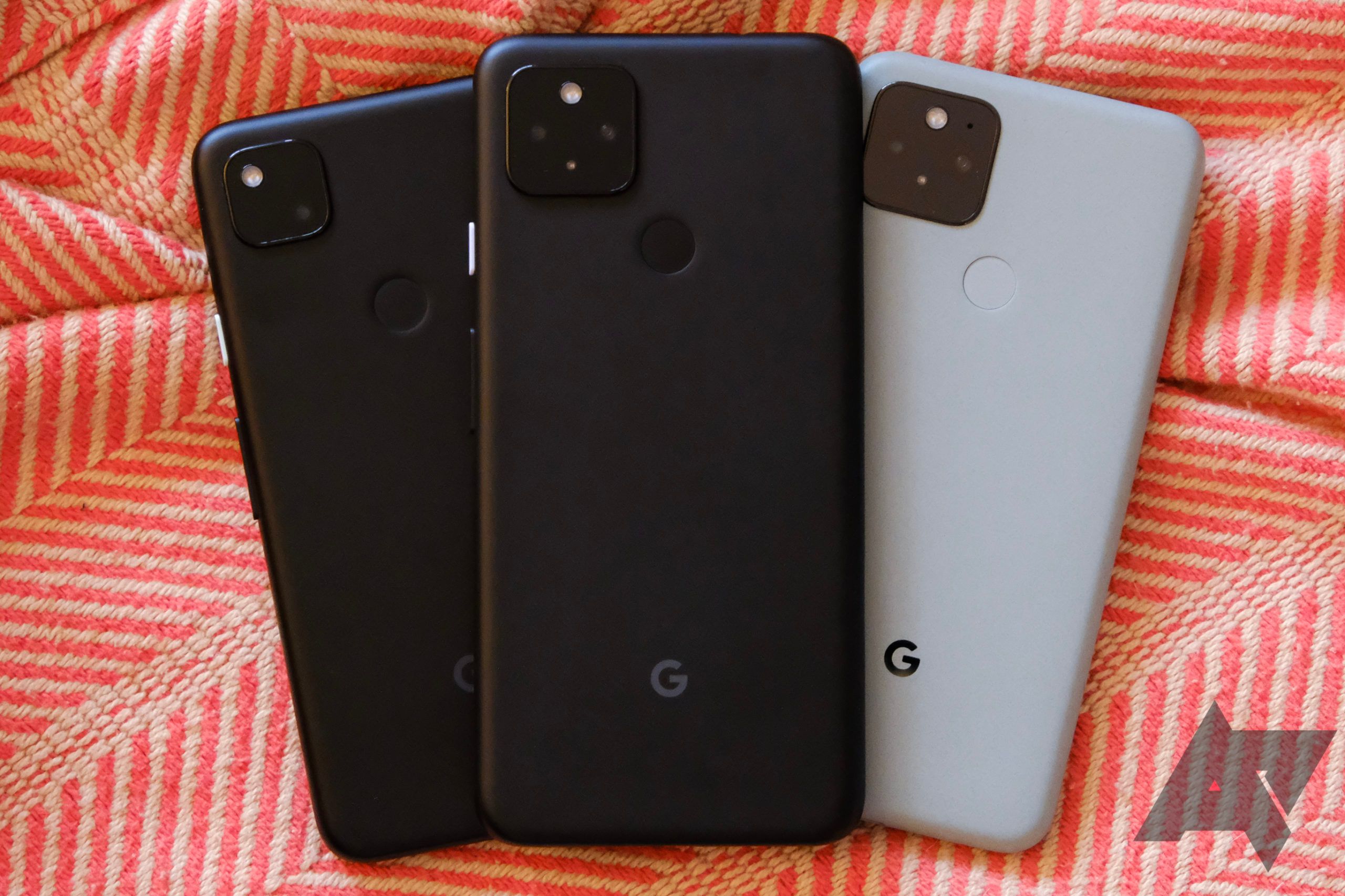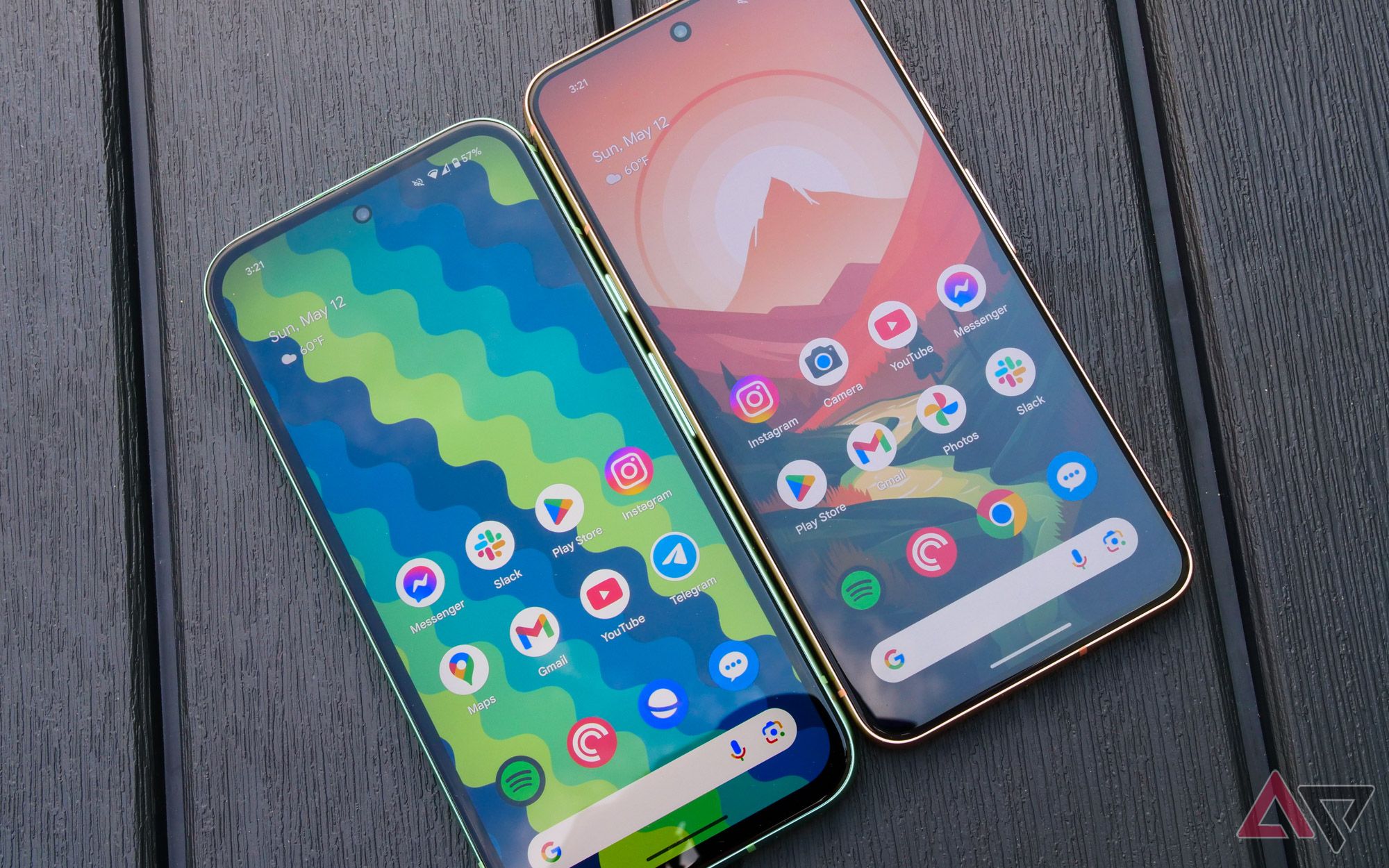At the risk of alienating half of AP’s readership with this analogy, Google is the Brett Favre of smartphone manufacturers. Like the Hall of Famer quarterback himself, it is capable of some awe-inspiring products but prone to mind-numbing decisions that make you question whether the company has any coherent plan. Whenever you think Google has a solid direction, the company does an about-face or commits an unforced error that negates its progress. Unfortunately for us, it’s a trend that doesn’t seem like it will break anytime soon.
I’m not here to be a hater; it’s quite the opposite. I’ve been a huge fan of Pixel devices over the years. The original Pixel XL (specifically in its Really Blue colorway) holds a special place in my heart, and the Pixel 2 XL revolutionized how we think about smartphone cameras. Still, the company never built upon that momentum in any meaningful way.
Google’s latest release, the Pixel 8a, is a prime example. Instead of discussing the phone’s merits, most people are fixated on its pricing, once again proving there is never a good time to buy a Pixel.
The Pixel 8a should’ve been an easy win
Instead, the conversation is spiraling out of control
It looked like 2024 would be a year when Google could dominate the midrange phone market. The OnePlus 12R provides excellent value for $500, but not without limitations. Not everyone is comfortable with OxygenOS, and the company’s lack of widespread carrier presence means people can’t take advantage of outsized trade-in offers and monthly payment plans.
Samsung would’ve been Google’s primary midrange competitor, but it vacated the field, opting not to bring the Galaxy A55 to the US. The Galaxy A35 is technically the company’s current midrange offering, but it delivers an odd mix of compromises for its $400 price tag. It should’ve been easy for Google to gain some traction with a relatively soft lineup of competitors — but then the company spiked the ball.
It featured several sales on the Pixel 8 in the months before the Pixel 8a launch, bringing the price down to $549 for extended periods, including up through this device’s reveal. While Google did change the price back to $699 shortly after the announcement of the 8a, the damage was already done. Initial reactions and reviews of the Pixel 8a almost universally mentioned the lowered price of the Pixel 8, sparking a natural comparison between the devices — a conversation that doesn’t end well for the Pixel 8a.
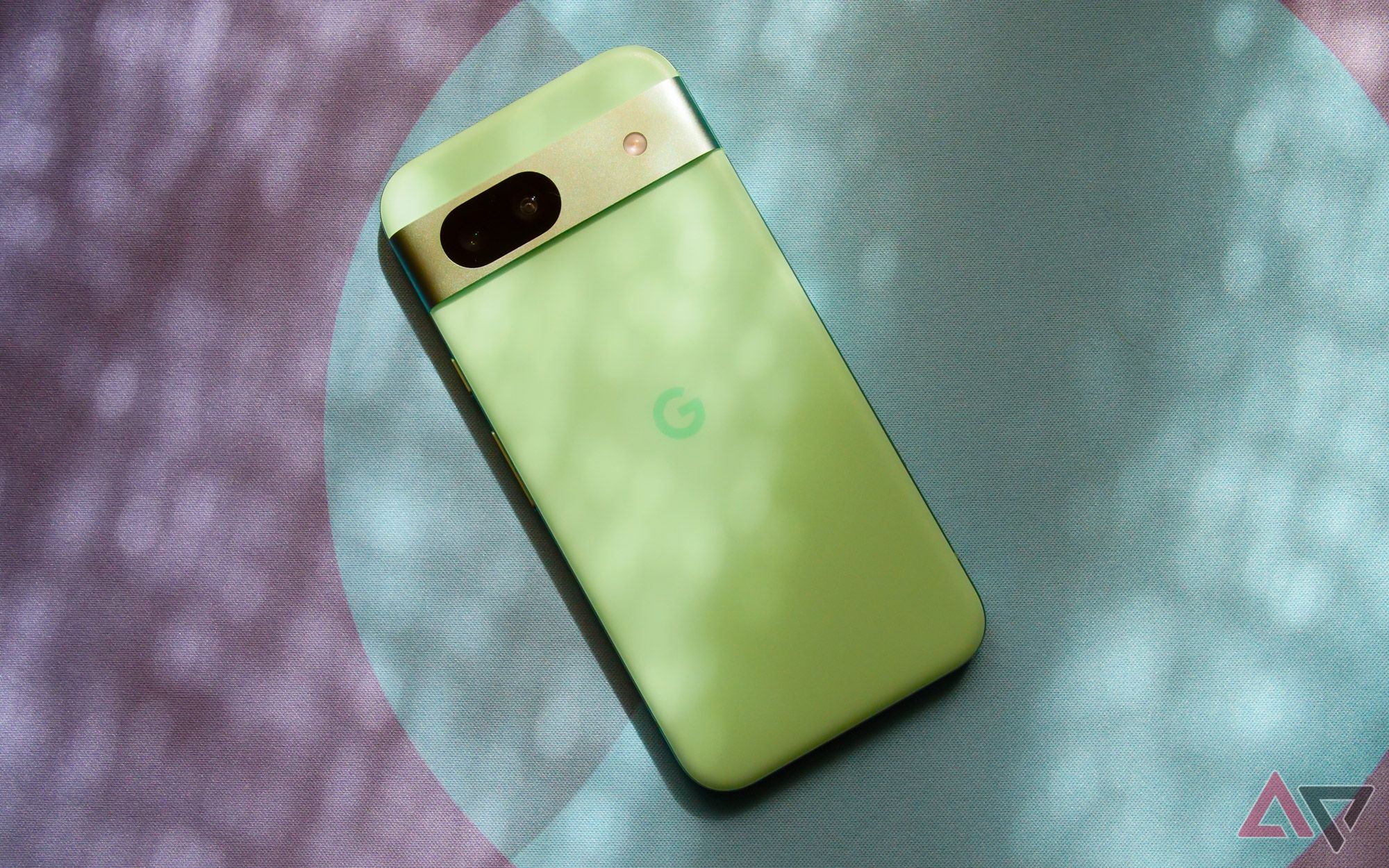
Google Pixel 8a review: A great phone that I’m not sure you should buy
Google’s hardware lineup is in a tricky spot, and the Pixel 8a only makes things more confusing
So, instead of the discussion focusing on the Pixel 8a’s Tensor G3 and seven years of software support at an attractive price, the attention shifted towards people waiting for the Pixel 8 to go on sale again. It’s created a scenario where no one is buying either of them. People who want a Pixel 8a will either wait for the sales to return on the Pixel 8 or until they see a drop in the price of the 8a. People who would’ve sprung for the extra capabilities of the Pixel 8 are also waiting for the phone to return to its sales price — either way, Google loses. It’s a clear error and could’ve been easily avoided with marketing savvy or at least some semblance of a plan.
Déjà vu all over again
Google never learns from mistakes
I would’ve given Google a pass if the Pixel 8a were a one-off gaff, but it continues an alarming pattern. If the pricing confusion surrounding the Pixel 8a sounds familiar, it’s because the same scenario played out last year with the Pixel 7a. Google lowered the price of the Pixel 7 several times in the months preceding the Pixel 7a launch, with prices as low as $450 — yes, cheaper than the actual budget-minded option.
It created the same awkward discussion, as people questioned whether holding out for another Pixel 7 sale was wiser. Rather than spending column inches on how competitive the Pixel 7a was, people fixated on how it felt like a nerfed Pixel 7, all because of the perception created by the price. It’s another scenario that could’ve been avoided with a more coherent marketing and pricing strategy, with a plan to explain how the Pixel 7a was a fantastic midrange value and not a stripped-down flagship.
A history of smartphone confusion
Google is proficient at chaos
Go back even farther, and the story remains the same. If you remember the Pixel 5 launch, there was an embarrassing period when the objectively-more-powerful Pixel 4 sold for less than the brand-new Pixel 5. A savvy company would’ve corrected the error, quietly removing the Pixel 4 series from its site, allowing the Pixel 5 to shine. Google didn’t.
So, instead of the company’s new smartphone philosophy taking center stage, discussions revolved around whether it was a better deal to purchase a Pixel 4. Why buy an upper-midrange Pixel 5 with a Snapdragon 765 when the previous year’s flagship Pixel 4 with a Snapdragon 855 could be had for less? It made no sense.
It often feels like one hand doesn’t know what the other is doing at Google. Marketing doesn’t seem to talk to engineering or upper management. Phones like the Pixel 8a were announced in an email a week before a significant company event that would’ve been the perfect forum to highlight the new device. Instead, Google I/O was an endless stream of AI features — a missed opportunity to show off a new toy.
Google needs to get better at this
Hopefully, future product launches are a little more streamlined
Obviously, there is one exception to this rule: Black Friday. Everyone’s favorite shopping holiday comes less than two months after Google’s usual annual flagship unveiling, which is just enough time for the company’s latest slate of phones to go on sale. On the other hand, it’s so close to launch, there’s no device on the horizon to consider — the perfect mix of value and cutting-edge specs.
Otherwise, this is an ongoing problem, and one that doesn’t seem set to change anytime soon. I initially had high hopes after the Pixel 6a was released. It proved the company could listen to consumers and produce a fantastic price-to-performance device with everything you needed and nothing you didn’t. But like every other shining light the company has put forth, it was snuffed out by confusion or a change of course.
So, if you’ve ever watched Brett Favre throw hopelessly into triple-coverage in the end zone, you have some idea of what it’s like to be a fan of Pixel devices — or, for those opposed to sportsball in the audience, a Packers fan.
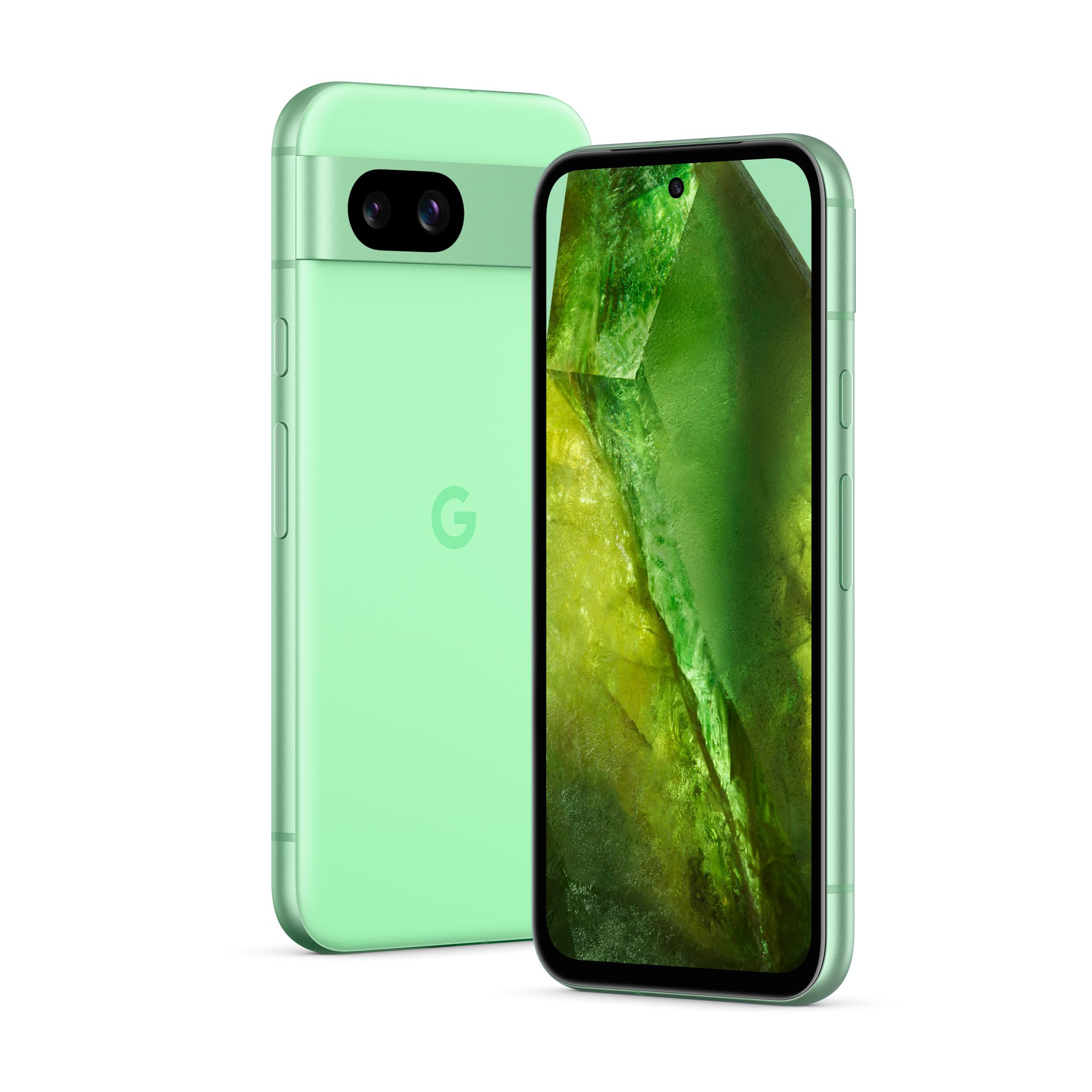
Google Pixel 8a
The Pixel 8a wants you to forget the Pixel 8 ever existed. With some crucial upgrades over its predecessor, including a brighter display, faster processor, and larger battery, Google’s latest mid-range smartphone is the perfect combo of speed and AI smarts. And with seven years of OS upgrades, it’s the longest lasting $500 smartphone you can find today.




